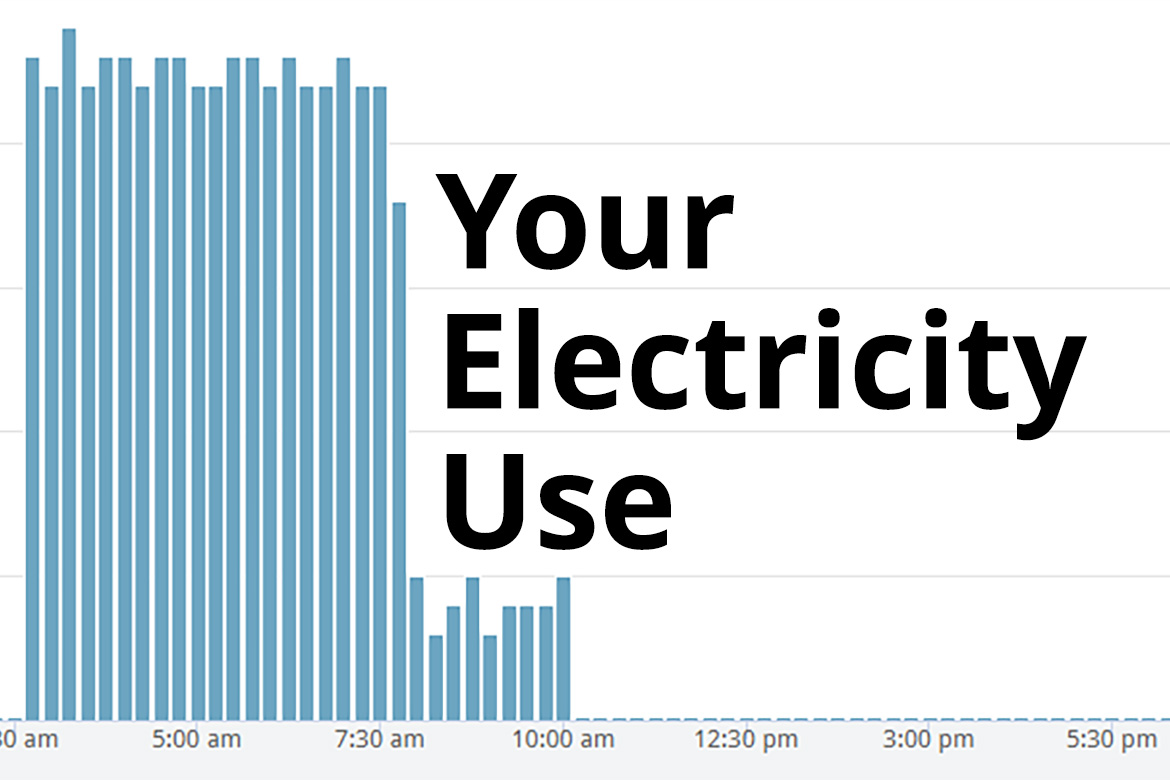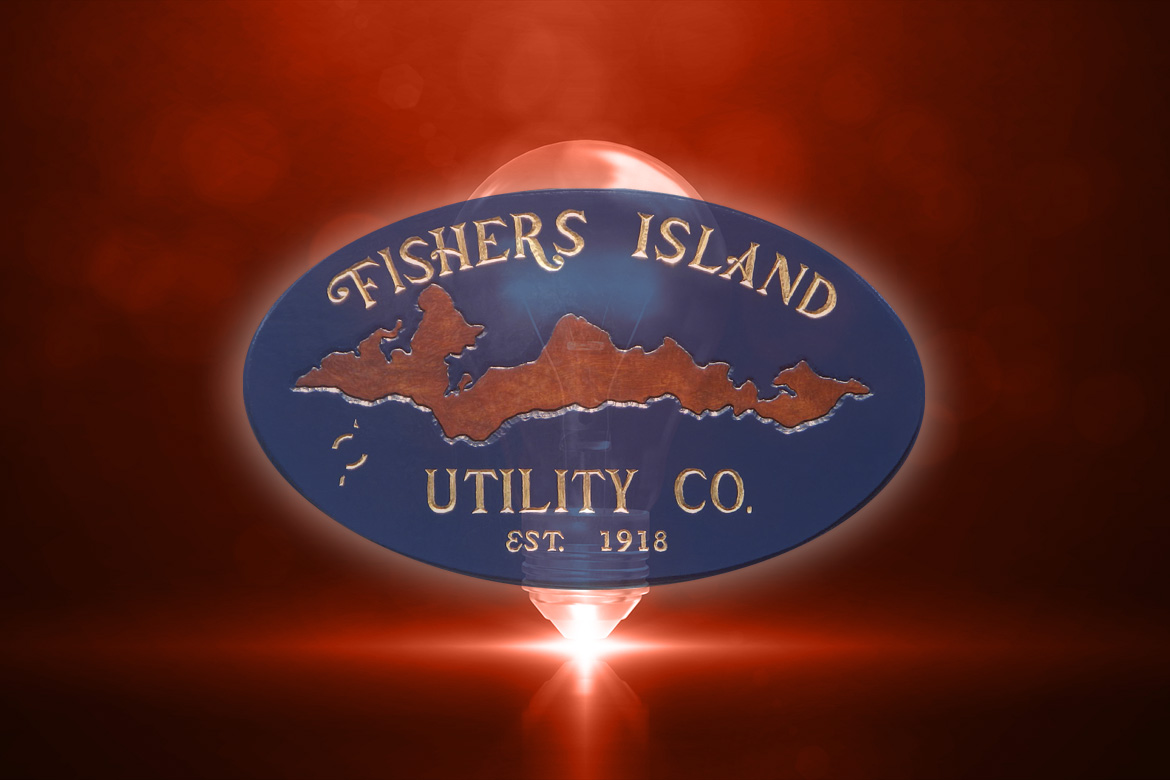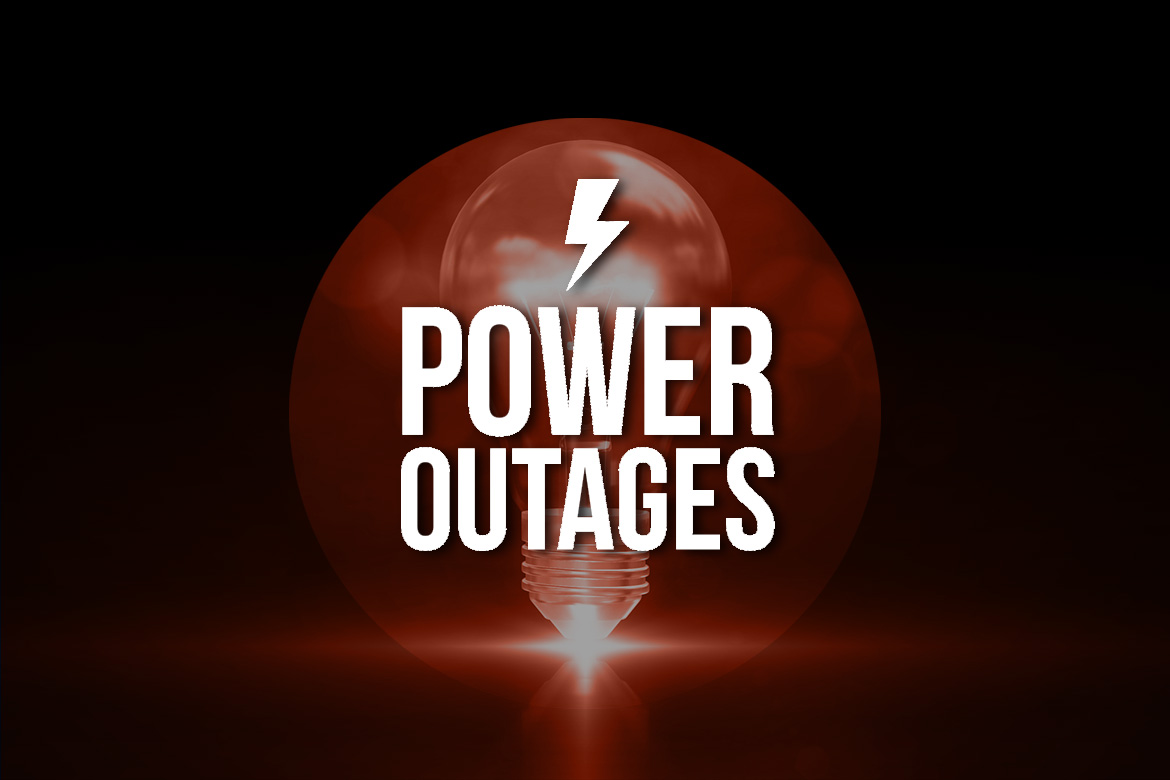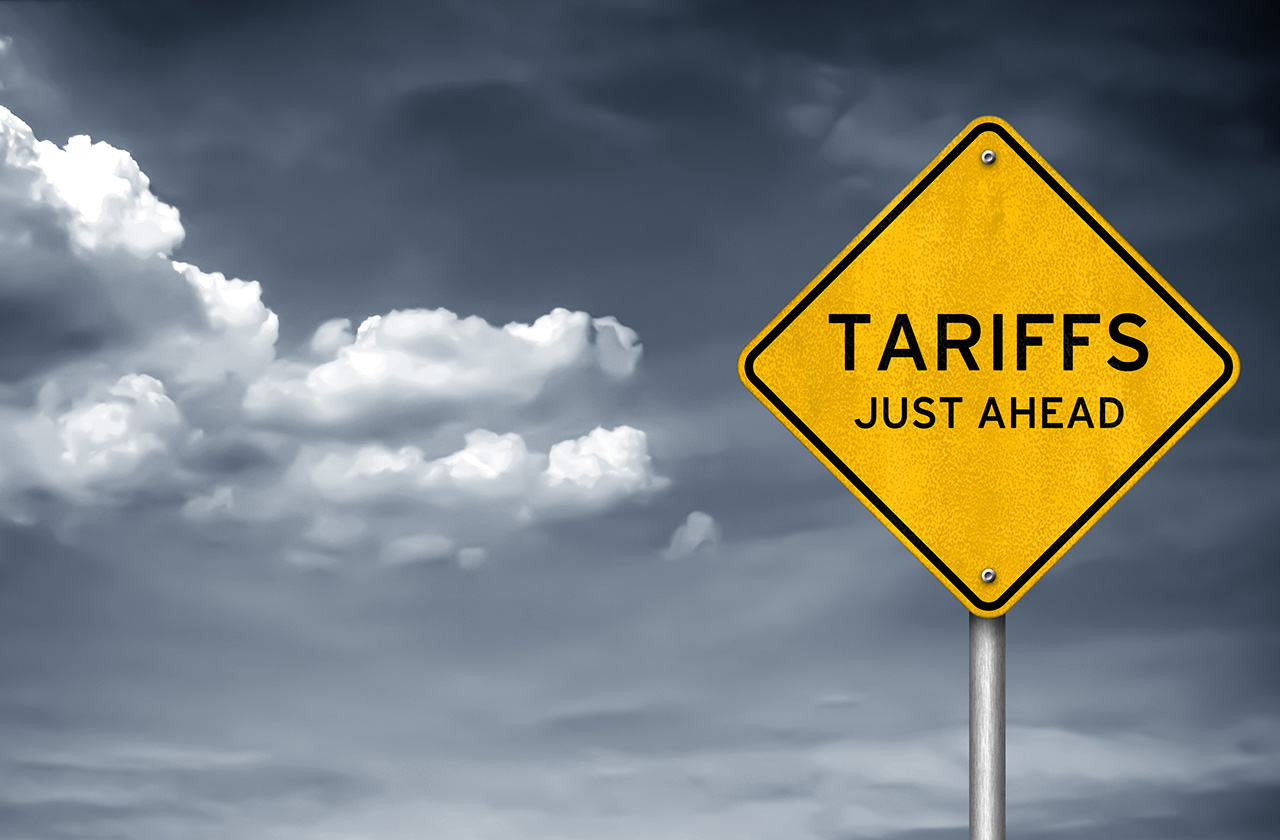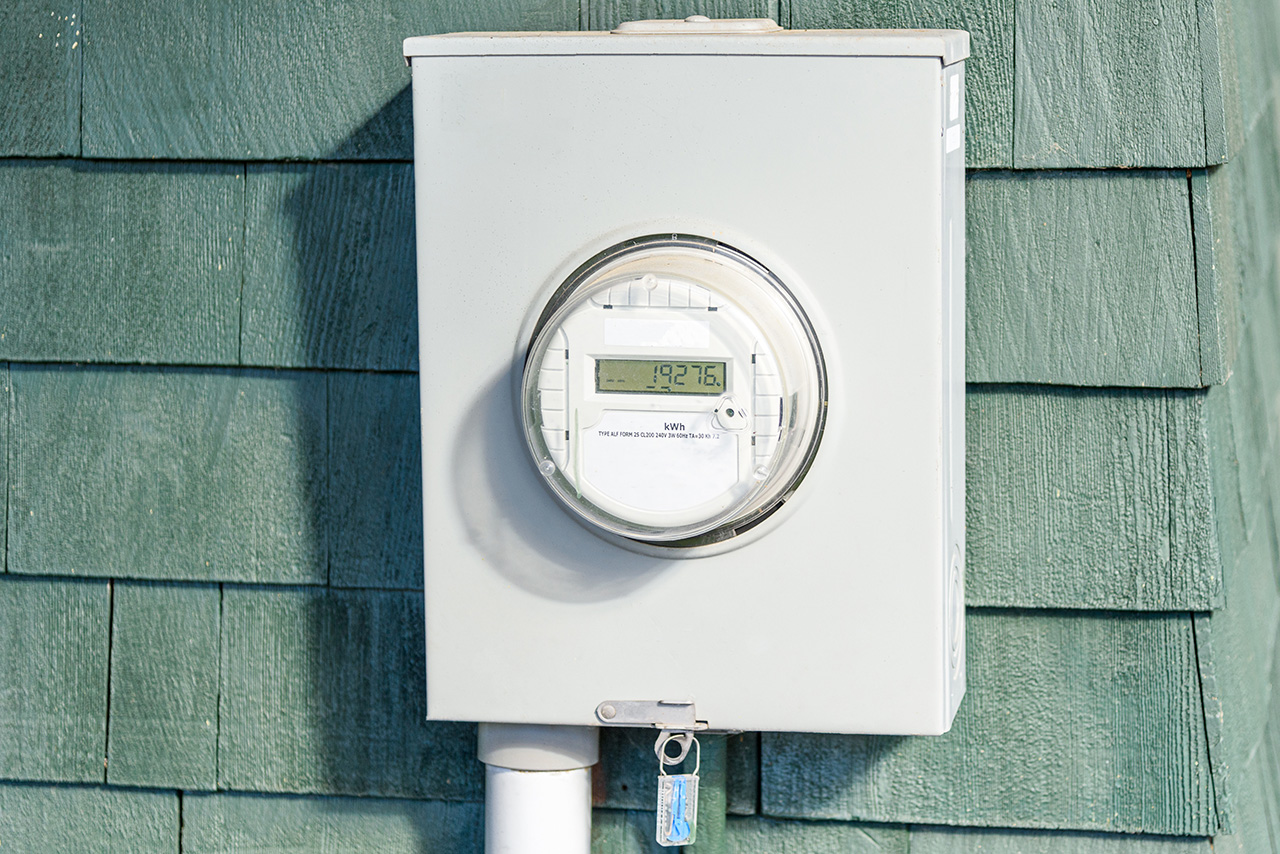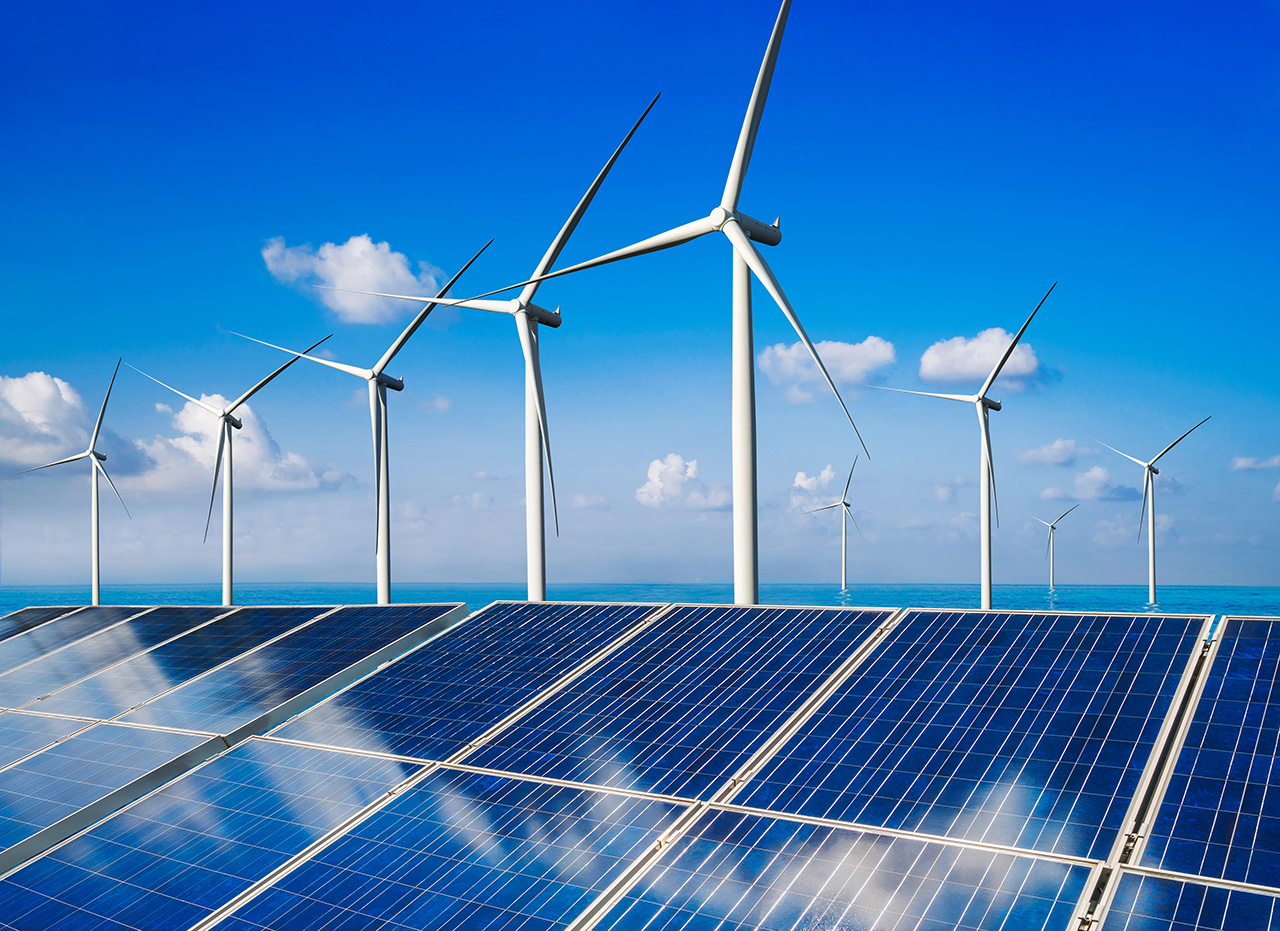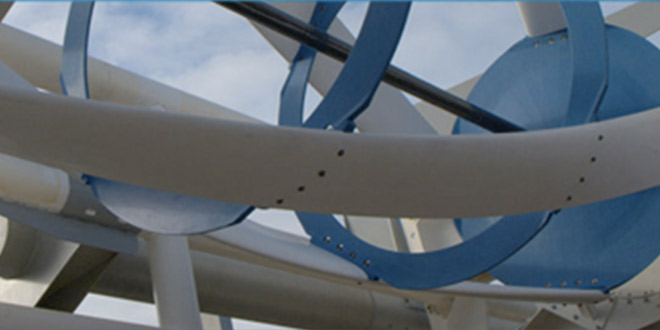The Fishers Island Electric Corporation has activated a new portal so that you may view your electric usage.
By Tom Siebens* February 1, 2025 First Priority Achieved: AMI In 2024, the Electric Company completed installation of an automated metering infrastructure (“AMI”) system. The AMI system is already saving money and benefiting ratepayers by enabling automated, rather than manual, meter reading, more accurate billing and faster, more accurate trouble-shooting within our electric network. For
May 1, 2024 the Fishers Island Electric Company filed with the New York State Public Service (NYSDPS) commission a “Minor Rate Filing of Fishers Island Electric Corporation to Increase Its Annual Revenues by about $300,000 or 12.59%”. If approved, the proposed fee structure would to go into effect October 1, 2024. Fishers Island: PSC seeks
Tariff Filing by FI Electric Corporation to Modify its Electric Tariff Schedule
Update on AMI & Engineering Study, Challenges & Solutions, Renewables, and Economics
Electric Company fully supports renewable generation as an objective.
A Phase 1 Feasibility Assessment of tidal power generation around Fishers Island, particularly in The Race.
By law, excavators and contractors working in Suffolk County must contact New York 811, at least 48 hours prior to beginning any mechanized digging or excavation work to ensure underground utility lines are marked. Dial 811 on Fishers Island or 1-800-272-4480 For safety reasons, homeowners are strongly encouraged to call as well. Outline the area

